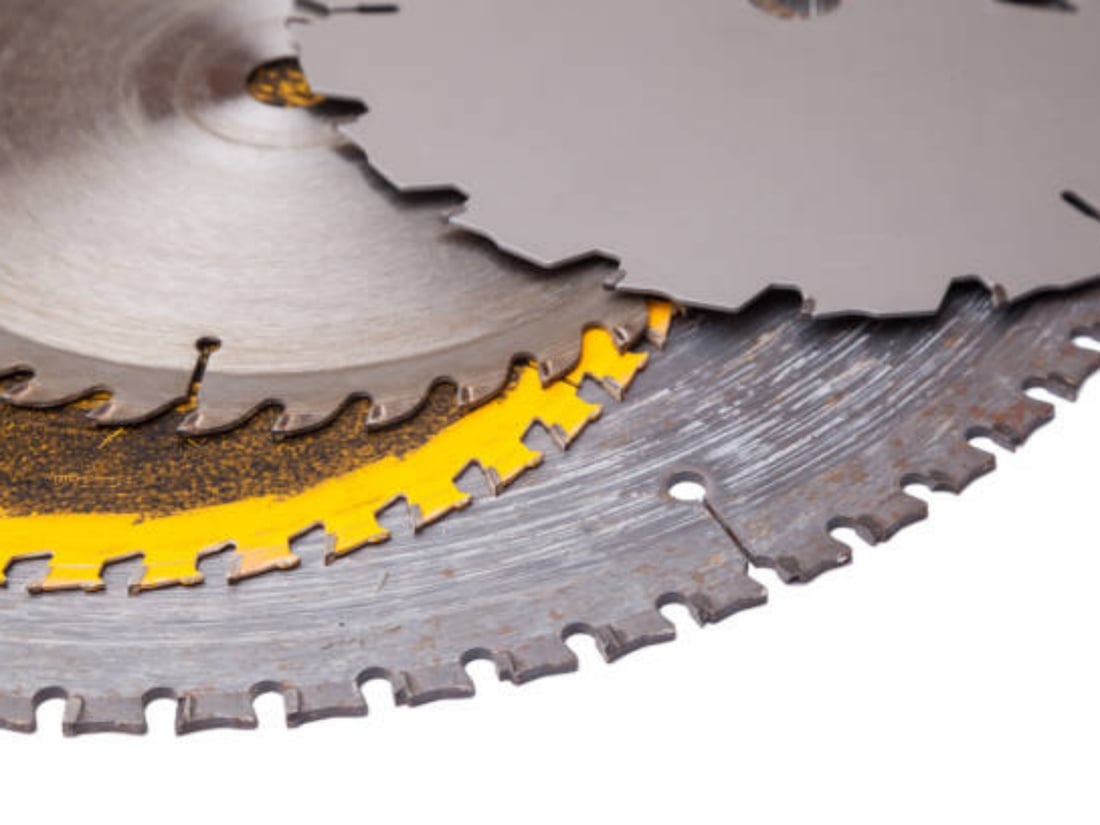Introduction
When it comes to cutting through tough materials like metal, masonry, or even wood, a reliable reciprocating saw is a must-have tool for any professional or DIY enthusiast. However, to ensure smooth and efficient cutting, it is crucial to choose the right blade. In this article, we will explore the world of carbide reciprocating saw blades, their benefits, and help you find the best one for your needs.
The Power of Carbide
Carbide is a super-hard material made from a combination of carbon and tungsten. It is renowned for its durability and ability to withstand high temperatures, making it an ideal choice for reciprocating saw blades. Carbide blades have carbide teeth that can cut through a wide range of materials with ease and precision.
Advantages of Carbide Reciprocating Saw Blades
Carbide reciprocating saw blades offer several advantages over traditional blades. Let's explore some of the key benefits:
1. Longevity
Thanks to their exceptional hardness, carbide blades last much longer than conventional blades. They can withstand heavy use without dulling, ensuring you can complete your projects without interruptions or the need for frequent blade changes.
2. Versatility
Carbide blades are designed to cut through a wide range of materials, including wood, metal, plastic, and even masonry. This versatility makes them an excellent choice for professionals who work with different materials on a regular basis.
3. Precision Cutting
The sharp and durable carbide teeth of these blades ensure clean and precise cuts every time. Whether you need to make straight cuts or intricate curves, a carbide reciprocating saw blade will deliver the accuracy you require.
4. Heat Resistance
Carbide blades can handle high temperatures generated during cutting. This heat resistance prevents the blade from warping or becoming dull due to excessive heat, ensuring consistent performance even during prolonged use.
5. Reduced Vibration
Carbide blades are designed to minimize vibration, resulting in less fatigue and better control over the saw. This feature is particularly beneficial when working on large projects or for extended periods.
Choosing the Best carbide reciprocating saw blade
Now that we understand the advantages of carbide reciprocating saw blades, let's delve into the factors to consider when choosing the best one for your needs:
1. Teeth per Inch (TPI)
The number of teeth per inch determines the blade's cutting speed and the type of material it is best suited for. Blades with lower TPI (e.g., 6-10) are ideal for cutting through wood, while higher TPI (e.g., 18-24) blades are better for metal and other hard materials.
2. Blade Length
Consider the length of the blade based on the thickness of the material you will be cutting. A longer blade allows for deeper cuts, while a shorter blade provides more control and maneuverability.
3. Blade Width and Thickness
The width and thickness of the blade affect its stability and durability. Thicker blades are more rigid and less prone to bending or breaking, making them suitable for heavy-duty applications.
4. Specialized Blades
Depending on your specific needs, there are specialized carbide reciprocating saw blades available. These include blades for demolition, pruning, or cutting through metal exclusively. Consider these options if you have specific tasks that require specialized blades.
5. Brand Reputation
Choose a reputable brand known for producing high-quality saw blades. Research customer reviews and ratings to ensure you are investing in a reliable and long-lasting product.
In Conclusion
Investing in the best carbide reciprocating saw blade can greatly enhance your cutting performance and efficiency. By considering factors such as teeth per inch, blade length, width, and thickness, as well as specialized options and brand reputation, you can find the perfect blade for your needs. Whether you are a professional contractor or a DIY enthusiast, the power of carbide will revolutionize your cutting experience.
If you are interested in our products or services, please feel free to contact us.


